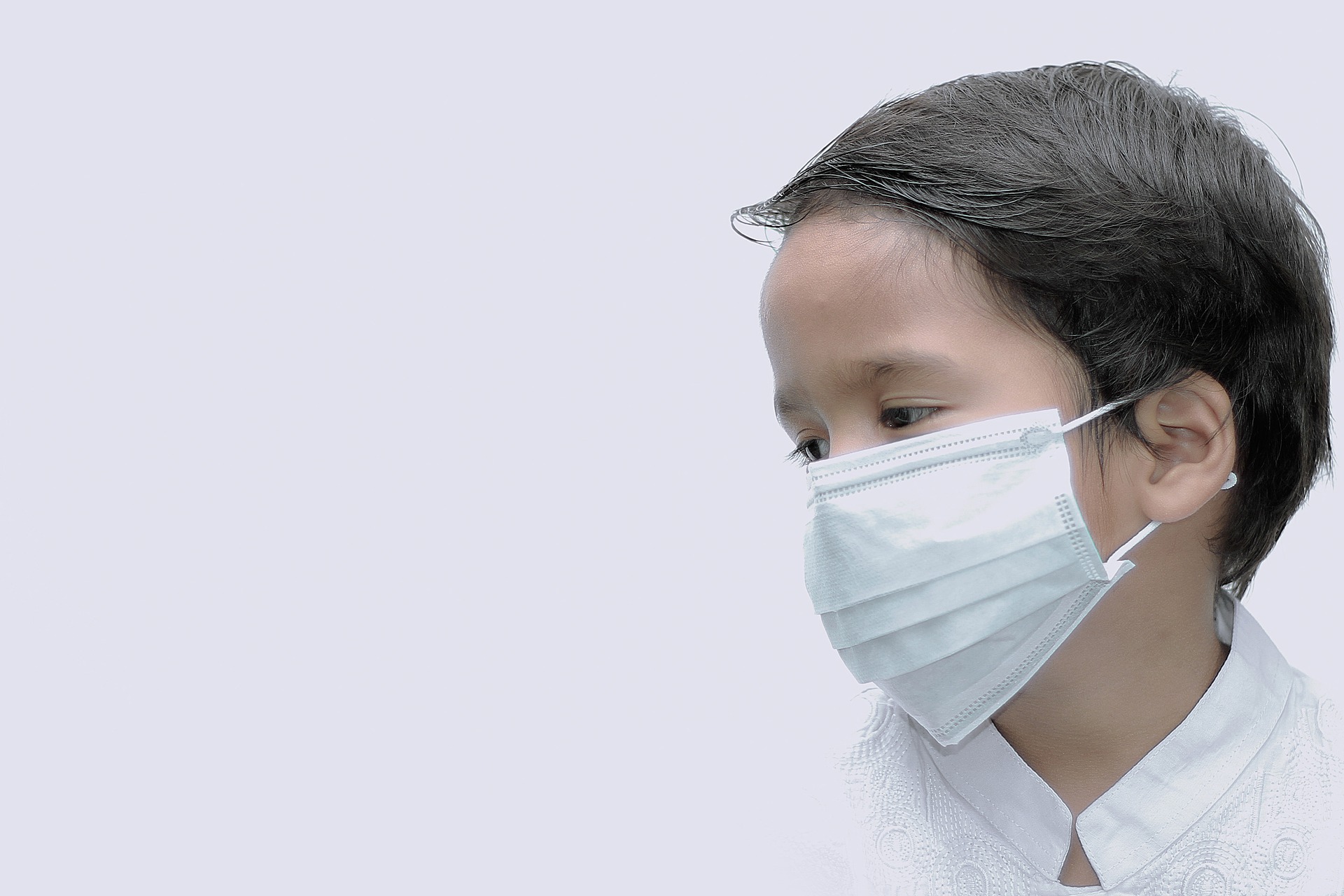
Dan O’Donnell crunches the numbers to put an end to the fearmongering about kids and COVID in Wisconsin.
September 17, 2021
Perspective by Dan O’Donnell
On the whole, human beings aren’t especially great at risk assessment. Far-fetched, exotic terrors fill us with dread, but we all but ignore the dangerous yet mundane. We fret, for instance, about an upcoming flight but drive to the airport with one eye on our phone and one hand on a burrito.
The COVID-19 pandemic has drawn this phenomenon into sharp relief, especially as it pertains to the disease’s impact on children. We closed schools almost instantly, cancelled play dates and extra-curricular activities by the millions, and forced children to wear masks nearly everywhere they went.
Even now, we panic because younger children aren’t eligible for the COVID vaccine and obsess over the rising rate of pediatric hospitalizations to the point that we have blinded ourselves to the truth: COVID-19 is far less dangerous to children in Wisconsin than the streets of Milwaukee.
COVID-19 has yet to kill a single child younger than 10 in this state. 10 children under 10 have been murdered in Milwaukee since the start of 2020. Among children older than 10, three have died with or from COVID, while 35 have been the victims of homicide over the past 21 months.
Put another way, a child has died of COVID in Wisconsin every 208 days, but a child has been murdered in Milwaukee once every two weeks. An additional 149 children have been injured in nonfatal shootings, meaning that a child is 65 times more likely to be shot or killed in Milwaukee than to die of COVID.
Guess which issue Wisconsin’s media and policymakers have focused on and which they have largely ignored. Their obsession with school closures and mask mandates may have succeeded in convincing a percentage of parents that COVID is a grave danger to their children, but the statistics simply don’t support the fearmongering.
A child has died of COVID in Wisconsin every 208 days, but a child has been murdered in Milwaukee once every two weeks. An additional 149 children have been injured in nonfatal shootings, meaning that a child is 65 times more likely to be shot or killed in Milwaukee than to die of COVID.
As of this writing, a total of 120,247 children have been infected with COVID-19. Three have died. That’s a death rate of 0.025 percent. A child in Wisconsin has a 1-in-40,082 chance of dying from COVID-19, but a 1-in-15,000 chance of being struck by lightning at some point in his or her life.
Not only is COVID almost universally survivable for Wisconsin’s children, it has also not hospitalized them in overwhelming numbers. Just 1,376 children have been hospitalized with COVID out of the more than 120,000 who have been infected—a hospitalization rate of 1.1 percent.
What’s more, new research suggests that the real percentage might be far lower. A Harvard University study published this week indicates that that “roughly half of all the hospitalized patients showing up on COVID-data dashboards in 2021 may have been admitted for another reason entirely or had only a mild presentation of disease.”
A pair of earlier studies of pediatric patients published in the journal Hospital Pediatrics “found that pediatric hospitalizations for COVID-19 were overcounted by at least 40 percent.”
In one study, researchers concluded that 45 percent of hospitalizations “were unlikely to be caused by SARS-CoV-2” and were actually due to “surgeries, cancer treatment, a psychiatric episode, urologic issues, and various infections such as cellulitis, among other diagnoses.”
In the second study, “the authors classified 40 percent of patients as having ‘incidental’ diagnosis, meaning there was no documentation of COVID-19 symptoms prior to hospitalization.” The obvious conclusion is that the patients were not hospitalized for COVID-19, but rather tested positive once they visited the hospital for treatment of some other malady.
Extrapolating these studies to Wisconsin’s pediatric hospitalizations would suggest that only about 550 children were actually hospitalized with severe cases of COVID-19, not the 1,376 that the Department of Health Services has logged. It would also mean that the actual child hospitalization rate in Wisconsin is closer to 0.046 percent.
This is not to suggest that COVID-19 cannot be a serious disease for children, but it is not at all likely to be. Only a small percentage of those who contract it had to be hospitalized for it and three died either with or of it.
With the emotional school board battles over masks in the classrooms accompanied by a constant drumbeat of media doomsaying, one can be forgiven for thinking COVID is a far greater threat to children than it is.
The data, though, is conclusive: COVID-19 is nowhere near as dangerous to children as we have been led to believe it is.
